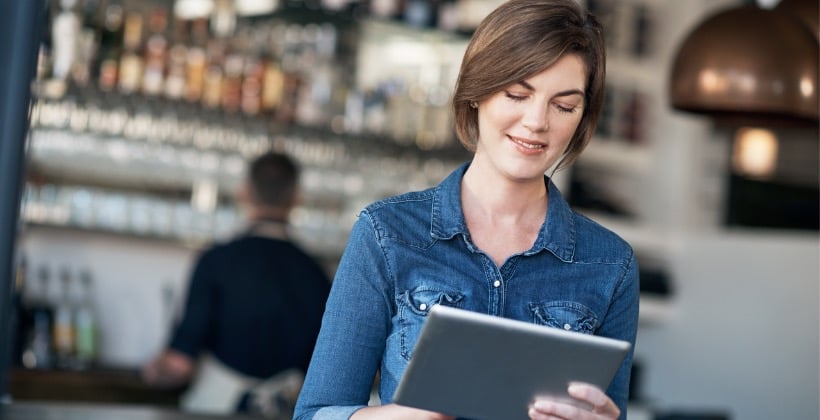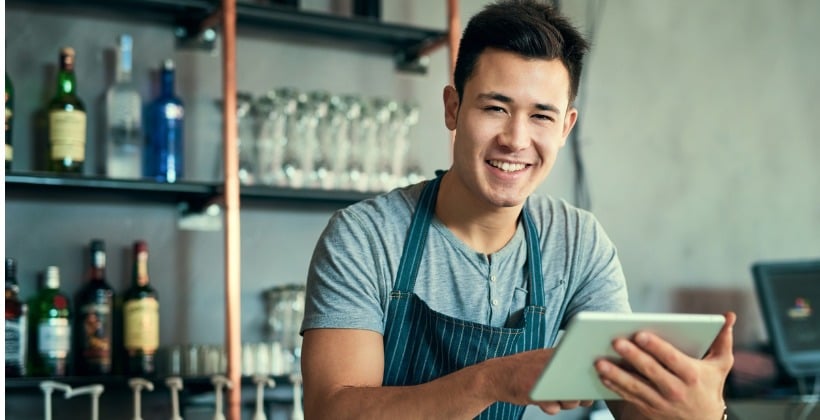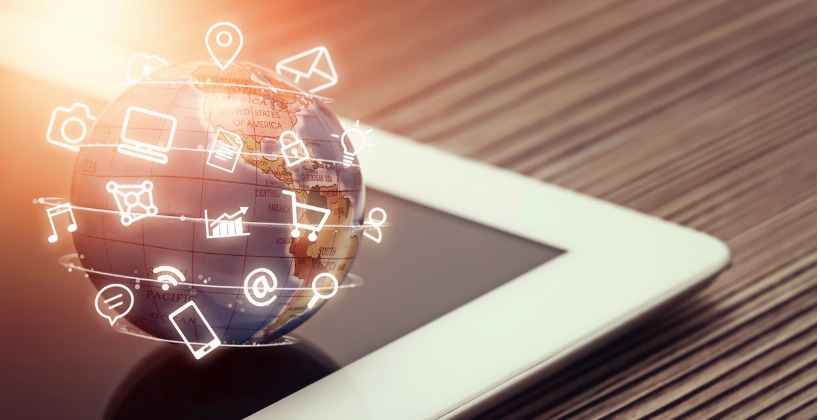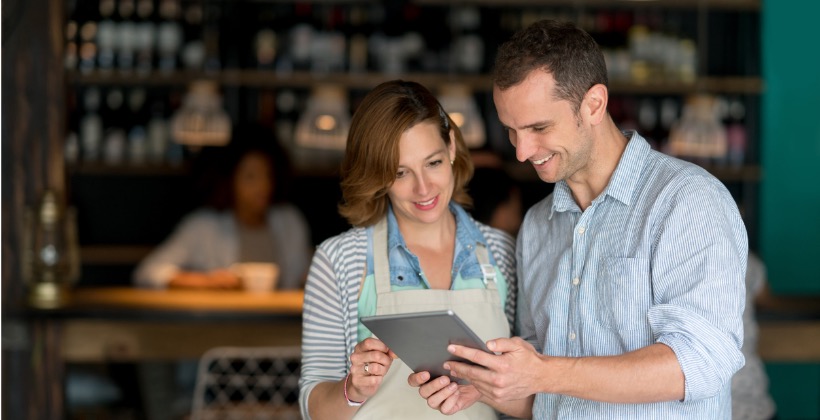Training Employees with Video: Basics, Value, and How to Apply
From the classroom to the training efforts by restaurants and retailers, education is realizing the benefits of utilizing technology as innovation continues to increase the variety of applications and utilization.
UNDERSTANDING VIDEO TRAINING BASICS
BACKGROUND
Video-based learning, or VBL is one teaching approach that belongs to a category referred to as technology-enhanced learning or TEL. These types of approaches incorporate technology into teaching and have applications outside of the classroom, especially in fast-paced industries like restaurants and retailers. According to this article Video - Based Learning in Higher Education: The Flipped or the Hands - On Classroom, "VBL has unique features that make it an effective Technology-Enhance Learning (TEL) approach. Furthermore, it seems to support a rich and powerful model to improve learning outcomes as well as learner satisfaction".
WHY IT WORKS
Learning by doing has long been considered one of the best ways in which we learn, meaning the most learning possible is taking place. According to Edgar Dale, people retain:
- 80% through their personal experiences
- 50% of what they see and hear (VBL)
- Only 10% of what they read
Video-based learning uses auditory and visual information. In conjunction with today's devices and software, videos can also be interactive allowing participants to not only see and hear the information, but complete simulations, activities, quizzes, and other learning activities that allow trainees to apply the information.
VALUE BEHIND TRAINING EMPLOYEES WITH VIDEO
BOOST IN APPLICATIONS
Video-based learning has seen a significant increase in popularity in recent years, thanks mostly to:
- The internet. With the power of the internet, creating, editing, uploading, and sharing new immersive videos in faster and simpler than ever imaginable.
- Online learning capabilities like MOOCs (Massive Open Online Classes). Large audience online classes prove how effective VBL can be at reducing the time and costs associated with delivering information while also improving learning retention simultaneously.
- Lack of consistent and efficient training tools. Restaurants and retailers have long needed consistent and fast training resources to meet the rapidly changing HR needs of these industries. The success of video-based learning in education means business owners can apply these same methods to their training to increase the quality of training and enhancing the overall performance of the company.
MUTUALLY BENEFICIAL RESULTS
Video-based learning benefits both restaurant/retail trainers, but the users as well. On the user end, VBL results in:
- Increased participation
- Information retention, and
- Learner satisfaction
For the restaurant or retail owners, incorporating video-based learning leads to a reduction in the time to:
- Deliver training materials and information
- Evaluate trainees individually
- Correct knowledge/performance gaps instantly
USING VIDEO TO YOUR ADVANTAGE
START WITH SIMPLE STEPS
Finding ways to take advantage of VBL in your restaurant training program is critical. Luckily, this can be as simple as adding videos to training materials, such as:
- Short demonstrations
- Scenario-training
- Standard procedure examples
Video-based learning has the potential to be used in an unlimited number of ways to enhance the training and development efforts of any company. The increased effectiveness in training means higher performing employees and reduced costs associated with retraining employees.
SEEK EXPERT SUPPORT
In the restaurant and retail industries alike, it is not uncommon vital information to change frequently and rapidly. Video-based learning combined with other innovative training solutions can be used to:
- Refresh users when needed or
- Update users as procedures and information change
- Quickly and consistently train any number of employees, any time, from anywhere
Need some help updating your training materials and methods? At PlayerLync, we offer products and solutions that incorporate VBL, micro-learning, and other digital learning solutions that maximize training and development results for businesses including restaurants and retailers. Check out our guide New Year, New Technology: 7 Ways to Leverage Video for Training and Operations in 2019 for further details on using video in your business.





